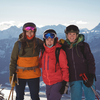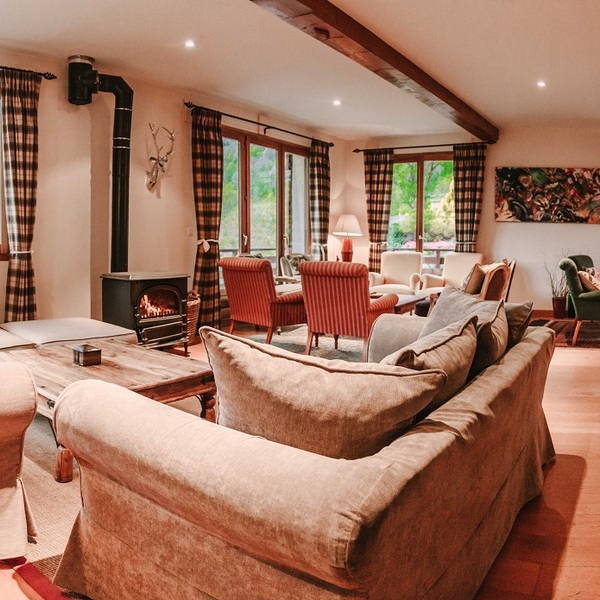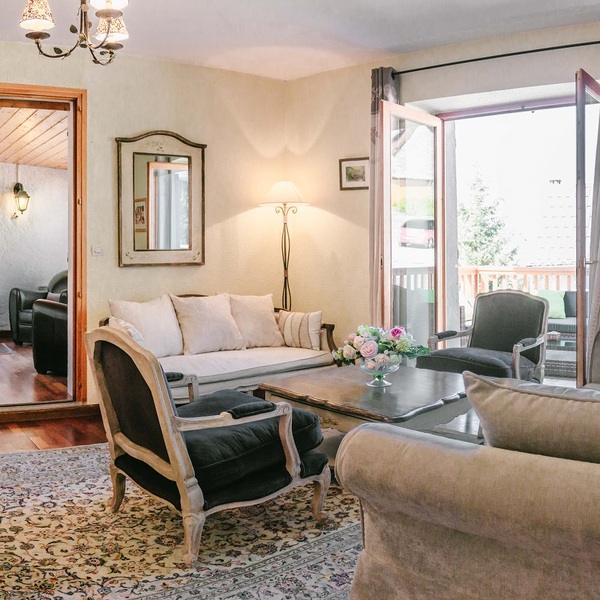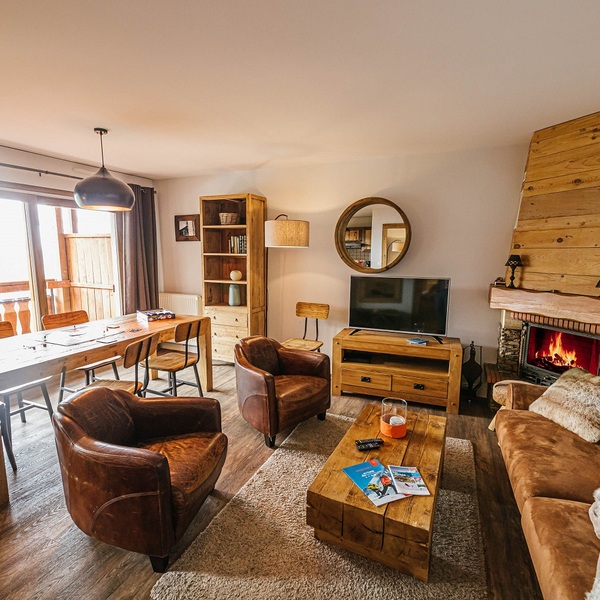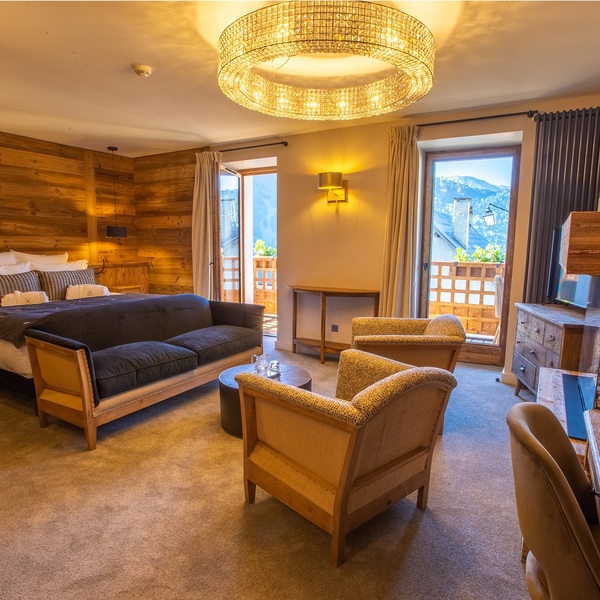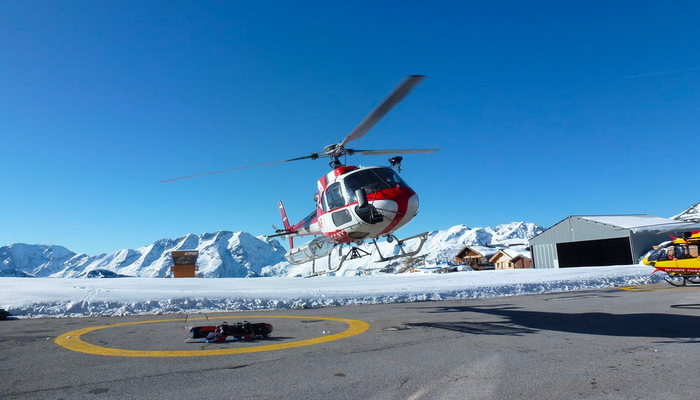People have been skiing for centuries. What started as a means of transportation, quickly turned into a fun activity and expanded into different competitive sports. Now whether you love to go skiing for fun or perform in a game, you need protective gear and specific equipment to stay safe.
If it is your first time skiing, we know how it feels. You are enthusiastic and nervous at the same time because you do not know how it will go. The best way to dismiss some of the tension is to rent or buy essential items like skis, poles, goggles, boots, helmets, jackets, etc. Here is a list of the gear required for your skiing trip.
Before we talk about the clothes and equipment, you should know you can rent out some equipment, but it is better to buy most skiing clothes. Furthermore, this checklist does not follow any particular order; all things are necessary for their own respect.
Essential Gear For Skiing
Goggles

Owning the best pair of goggles can be really handy for good visibility when you rush down the mountain but any pair will do really. Goggles are also a lifesaver in night-time skiing to manage most situations as you can have a clear lense. If you don't opt for goggles then you can just about get away with sunglasses. Polarized lenses are brilliant for sunny or white-out days. Here are four different types of lenses you can choose from:
- Fog lens (orange)
- Low light lens (yellow)
- Polarized lens (orange, silver, blue)
- All light lenses (black)
Goggles are not only a necessity for skiing or snowboarding but also look stylish for the moments you need a picture or two. Depending on the features, you may find a good and efficient goggles for around £40 to £400.
Skis, Poles, and Bindings

You should rent your skis and will be offered poles based on your height when doing so. There isn't much in the options of poles as they are there to help balance rather than give you any advantage so you can always trust the salespeople's judgement. When it comes to skis, not only do they have varying levels of ability from beginner to advanced but they are designed around various skiing styles based on what you intend to do:
- Park and freestyle skiing
- Racing an carving
- Freeride and backcountry or off piste
Just tell the people in the shop. They will also assist you in setting up the ski bindings according to your size and capability, so as to avoid straining your knee.
Ski Boots

Undoubtedly, ski boots are the most crucial component of your equipment. Since boots connect with your skis, their flexibility, assembly, and synchronization with your legs and body are of utmost importance. A good ski boot is one that suits your style of skiing, offering excellent responsiveness.
Ensure they are reliable and fit well to your feet and calves. Furthermore, keep an eye on insulation and waterproofing capabilities while buying. Poor insulation can cause cold feet, thus making skiing uncomfortable. Try them out to make sure they are comfortable and allow blood circulation. Consider renting a pair for a day or week to see how they are before purchasing them (should you want to).
You can have a decent ski boot pair for around £200 if you are a beginner. Boots for experts can easily be over £500.
Ski Helmet

While the helmet is not an essential part of skiing gear, we highly suggest protecting your head with it. It also keeps your ears warm and dry. You do not have to buy it if you are just starting your first ski lesson. You can rent it from a ski resort for around £25 for the week
Have a good-quality ski helmet for about £60 to £300!
Ski Jacket
Skiing or snowboarding requires you to have warm, insulated, and wind/water protective clothing. The weather in the mountains is usually erratic and often freezing and wet. A ski jacket will be your perfect companion to stay dry and comfortable. Just keep in mind the following aspects before buying a ski jacket.
3-in-1 design: These kinds of jackets allow you to remove the outer skin from the inner insulating layer. Ditch the inner part in your ski locker on gentle days, or leave the outer skin behind if the internal jacket is wind resilient and the skies are clear. Conventional jackets do not offer these functions, but they are easy to manage.
Many pockets: The majority of resort skiers don’t have packs; therefore, having a jacket with lots of pockets to store basics is a must.
Dedicate pockets: Look for a jacket with a sharp sleeve for a lift pass and an inner pocket with a soft liner to keep your goggle.
Powder skirt: This internal liner secures around your waist to avoid snow from sneaking inside during a trip over; cuff linings function the same way.
Specialized hoods: You can either eliminate the hood or change it to fit over your helmet.
Zippered vents: Pit zips or core vents allow you to add and alter ventilation.
Ski Pants

Search for ski pants (salopettes) that are waterproof, insulated, and feature useful pockets, vents, and liners to stop snow from going in your boots. You can also go for waterproof/breathable rain pants and add fleece pants below for improved insulation. Keep in mind the price of a ski jacket and a pair of pants depends on the quality of the products, but expect a starting price of at least £40.
Here are a few things you should be aware of about ski pants.
Bib styles: Tall in front, these secure with suspenders; they are a tad cozier and less susceptible to snow reaching inside than regular pants. In case you favor suspenders over full-on bibs, have them purchased singly. Bear in mind bibs are not easy to put on and off for bathroom breaks.
Snow gaiters: These fixed inner cuff liners aid in sealing out snow.
Thigh vents: They allow you to attach and adjust ventilation – you are likely to generate lots of heat during your activity, even in a cold temperature.
Strengthened inner ankles: They shield your pant cuffs from harsh metal edges.
Conclusion
Besides the above mentioned equipment and clothing, you need base layers, insulated gloves or mittens, ski socks, and a backpack to carry sunscreen, lip balm, headscarves, caps, medical supplies, and other relevant things.
It is not an in-depth list of items you need for skiing. There are plenty of optional things you can carry on your ski trip. However, our checklist of ski gear would make you ready to hit the slopes as early as you have them.
Tagged with;



